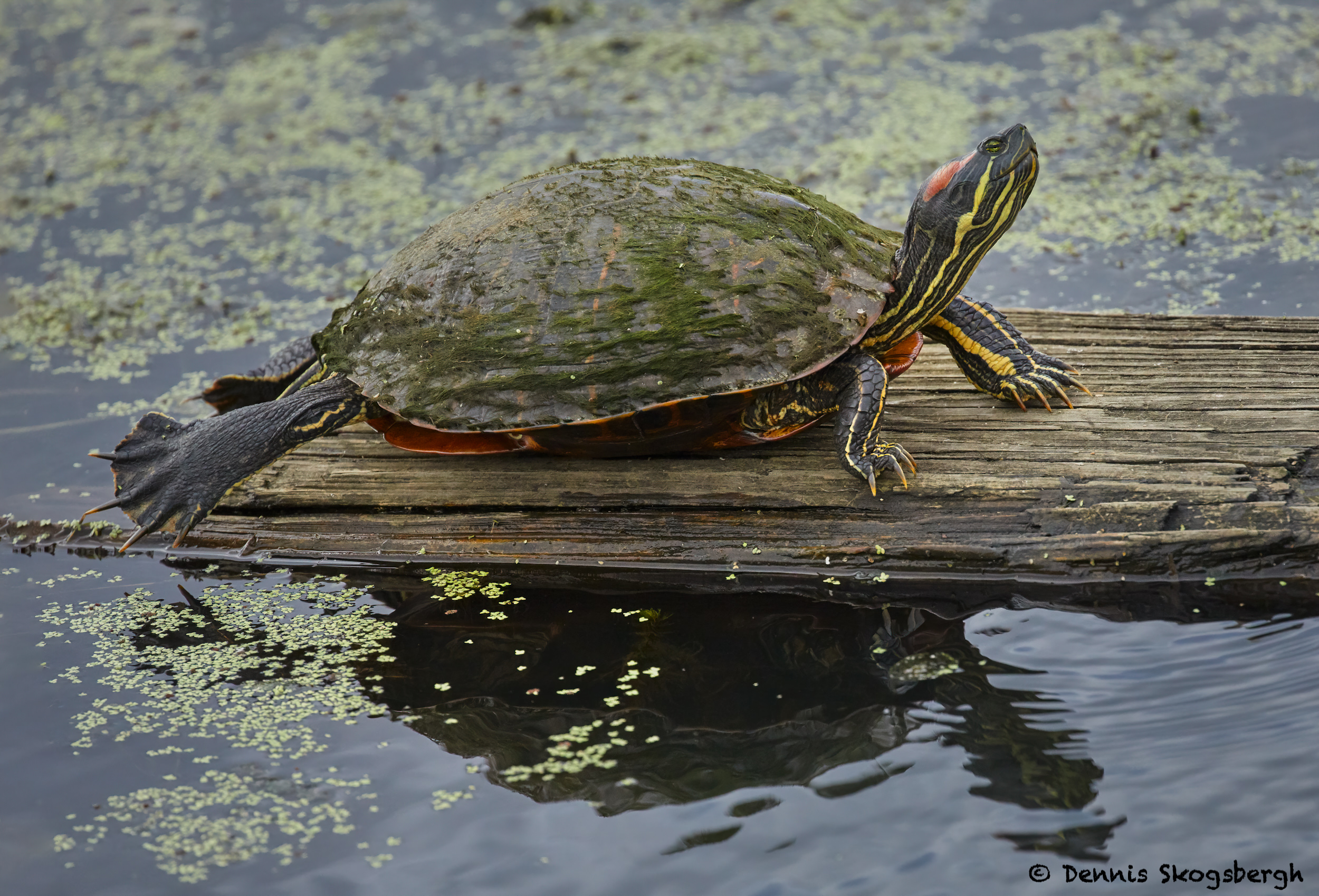

- FULL GROWN RED EARED SLIDER HOW TO
- FULL GROWN RED EARED SLIDER SKIN
- FULL GROWN RED EARED SLIDER FULL
To keep them healthy and happy in captivity, you need to do everything you can to simulate their native environment as precisely as possible. Your turtle is adapted to live in its natural environment, and when you take them out of that environment, their health is immediately at risk. Get the Temperature and Lighting Right From the Start Clean and change the water on a regular basis. To keep your slider’s enclosure as clean as possible, aim to purchase a filtration system for a tank around twice the size of the tank you are actually using. It’s highly recommended to invest in a reliable filtration system to keep your turtle’s water clean and fresh. In addition to keeping their water clean of their own mess, paying attention to the actual quality of the water your turtle is drinking and swimming in can make a big difference to their quality of life. Invest in a Powerful Filtration SystemĪs stated above, red-eared sliders produce quite a lot of mess, so keeping their tanks tidy and hygienic can be a surprisingly time-consuming job. Fully-grown adults will need twice that amount of room and should ideally live in a tanks of at least 120 gallons (or have access to an outdoor pond).įind our recommendations for the best turtle tanks here. In addition to being stressful for the turtle, small tanks become dirty much more quickly–and turtles tend to produce more waste than you might imagine! Even with daily cleanings, your slider could still be living in a dirty, uncomfortable, and unhealthy environment if their enclosure is too small.Ī baby red-eared slider will need a tank at least 55 gallons in size. Since red-eared sliders are both semi-aquatic and semi-terrestrial, they need space both to swim and walk. One of the most common mistakes when caring for turtles in general is not giving them enough space. Shell deformities like pyramiding can be a sign of a significant lack of calcium in the turtle’s diet.
:max_bytes(150000):strip_icc()/red-eared-slider-swimming-520669620-57fff0185f9b5805c2b11b7b.jpg)
FULL GROWN RED EARED SLIDER SKIN
Look at their eyes to make sure that they are clear, open, and not swollen, oozing, or discolored in any way.įinally, examine their skin and shell for any signs of abnormalities. Baby turtles should be quite active and responsive, and if they aren’t, that is a red flag. Always start by looking for a trustworthy breeder.īefore buying your turtle, examine it closely to ensure it is healthy. Wild turtles are also more likely to pick up diseases in captivity. This can happen when you buy from irresponsible breeders who don’t bother to keep the babies in a proper habitat or if you buy an illegal wild turtle. Of course, you’ll be fighting an uphill battle if you purchase a baby turtle that already has health problems. Below are our top tips to give your turtle the best chance in life. To ensure your red-eared slider lives a long and healthy life, you need to care for them properly.
FULL GROWN RED EARED SLIDER HOW TO
How to Maximize Your Red-Eared Slider’s Lifespan? Thankfully, there are plenty of things you can do as a pet owner to lengthen your turtle’s lifespan. However, the sad fact is that most of these particular turtles aren’t cared for properly, and most red-eared sliders in captivity live for a meager 2 to 3 years due to improper care. Generally, you can expect a properly cared for red-eared slider to live for around 20 to 30 years in captivity! What’s more, there are even known examples of these turtles living for as long as 40 to 50 years in captivity. Like many other common pet reptiles, red-eared slider turtles tend to have longer lifespans on average in captivity since captive sliders are protected from their main predators and the principal threats to their habitat. Red-Eared Slider Turtle Lifespan in Captivity Again, however, long lifespans like these are fairly rare amongst wild turtles.

FULL GROWN RED EARED SLIDER FULL
If a red-eared slider reaches full maturity, they could live for 20 to 40 years in the wild. Additionally, when red-eared sliders are forced out of their natural niches and into new habitats, they can have a devastating effect, as they eat pretty much everything–including many other native animals’ food sources. Red-eared sliders in the wild are also very vulnerable to humans because they typically live in wetlands and ponds that are often heavily affected by human pollution and activity.

This number is quite low since young turtles are very vulnerable in the wild, and many are killed by their natural predators like raccoons, otters, fish, frogs, snakes, skunks, and birds. In the wild, the average lifespan of a red-eared slider turtle is around 15 years. The Verdict Red-Eared Slider Lifespan in the Wild


 0 kommentar(er)
0 kommentar(er)
